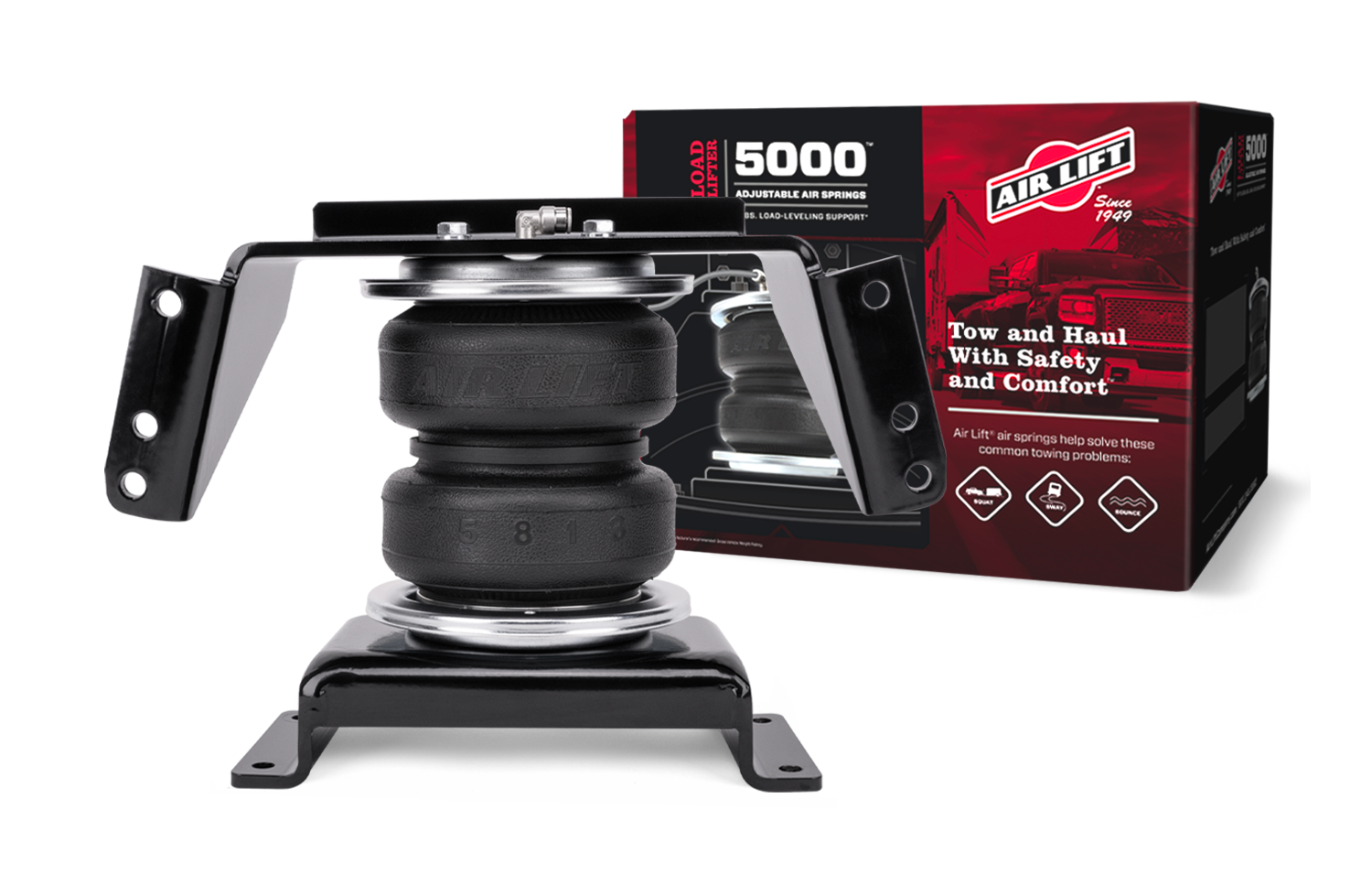
There’s a bit of a tug-of-war game going on between manufacturer-recommended services and what the dealer tells customers. There could be conflicting information out there.
An automaker may say a maintenance procedure isn’t needed. But the supplier that makes the component in question says it indeed does? What happens here in this care? The automotive aftermarket can step in and break the deadlock.
There can be a disconnect between what the dealer tells customers and what suppliers tell the industry, explained Jeremy O’Neal of AdvisorFix and coach to technicians, service advisors and shop owners.
However, the customer is more often listening to the dealer. They don’t know what the manufacturer typically recommends. But there is one group that has access to both groups: The automotive aftermarket. And this industry plays a key role in ensuring consumers get the right information and save themselves from a potential catastrophic failure, he explained.
O’Neal used the example of a transmission manufacturer saying the fluid should be changed every 60,000 miles. But the dealer tells the customer it never needs changing.
The dealer is stripping out this cost to the customer, he told attendees of his session, The Essential Laws of The Profitable Shop Manager at the Worldpac Supplier and Training Expo in Nashville. Why? because it comes down to the costs for the consumer. If they see this $450 job that has to be done every few years, that factors into the customer’s decision to buy that vehicle.
So the onus falls on shops and their service advisors to get the right information from manufacturers. It can be as simple as visiting a tradeshow and speaking to representatives to get the full details. Then relay that story to the shop’s customers.
“You [could] explain that story: I was at a conference, I met the manufacturer of the transmission, here’s what they told me to do and here’s why,” O’Neal advised.
He then took out small bottles that showed clean transmission fluid and dirty fluid after 60,000 miles. The dirty vial was discoloured compared to the clean one and had bits of metal shavings floating around.
An example like this can quickly demonstrate why the fluid does indeed need to be changed, O’Neal explained. And it’s easy to do — get a sample from your technician the next time they work on a vehicle.
“So this is how you can start to influence customers on why they need to do maintenance,” O’Neal said.
Once the customer sees they need to do routine maintenance, he added, then you can create a customized maintenance and repair plan tailored for them.












Leave a Reply